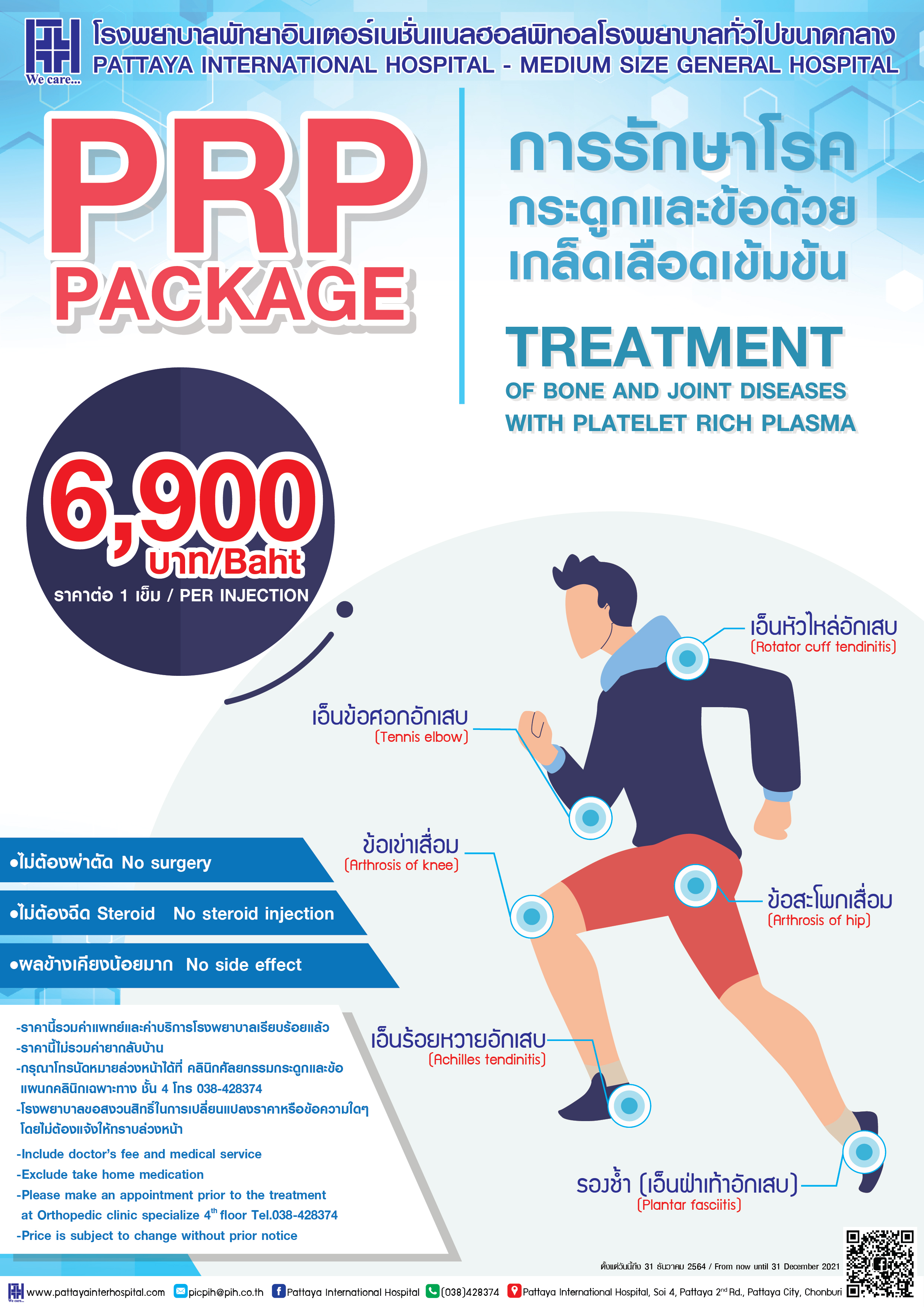PRP
What is PRP?
Blood is comprised primarily of plasma liquid, but also contains platelets, white blood cells and
red blood cells components that are known to promote healing. PRP is actually created with your own blood. A patient will have their blood drawn. The blood will undergo centrifugation to separate the platelets from the other blood cells and increase their concentration, and then those platelets are combined with the remaining plasma and injected into the affected area that needs healing. PRP is plasma with many more platelets than what is typically found in blood.
The concentration of platelets and thereby the concentration of growth factors can be 3-4 times
greater than usual. The reason PRP is so favorable is that it can yield positive results with out invasive surgery and minimal side effects such as mild pain at the injection site.
What is Platelet-Rich Plasma (PRP) Therapy ?
Platelet- Rich Plasma therapy is an alternative non- invasive treatment that helps to promote
healing in injured or damaged tissue. It is increasingly used in orthopedic services
because of its effectiveness in treating tendon and ligament injuries,arthritis,fractures and
boost healing after surgery.
Will I feel immediate results from PRP therapy ?
You will feel a notable increase in pain in the days immediately following the injection.
Pain intensity becomes less each day as functional mobility and general functional ability
increase along with endurance and strenght. You will notice gradual improvement 2-6week
after PRP therapy.
Which injuries are usually treated with PRP therapy
- Rotator cuff.
- Quadriceps,Hamstring,Achilles tendon injuries.
- Tennis elbow and golfer’s elbow.
- Tendinitis, Tendinosis, Tendinopathy.
- De Quervain’s tenosynovitis.
- Acute and Chronic muscle strain.
- Ligamentous sprain.
- Joint capsular laxity.
- Arthritis.
- Osteoarthritis.
- Meniscus lesion.
- ACL lesion.
- Impingement.
- Bursitis and Bicipital tendinitis.
- Low back pain.
